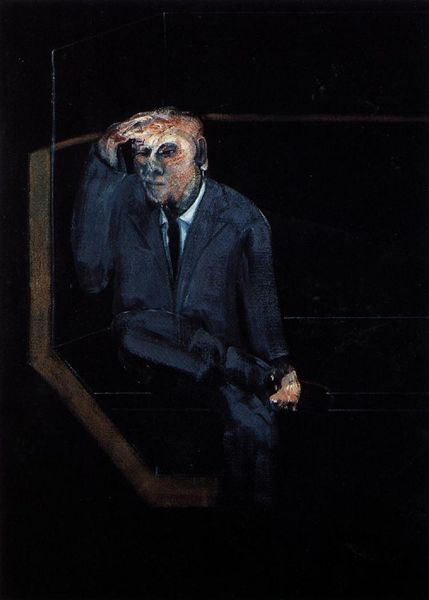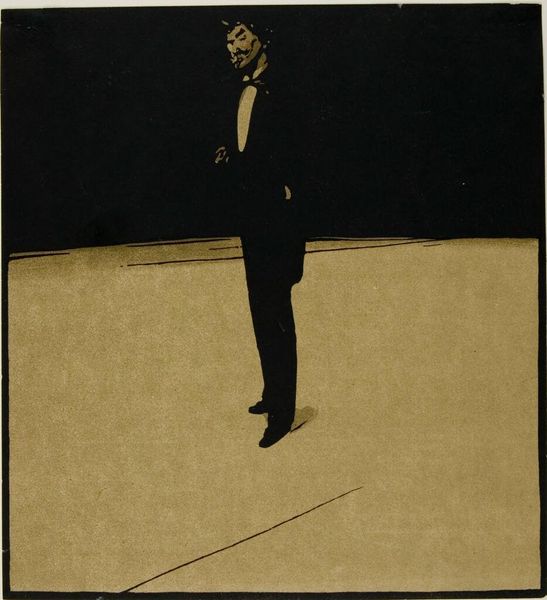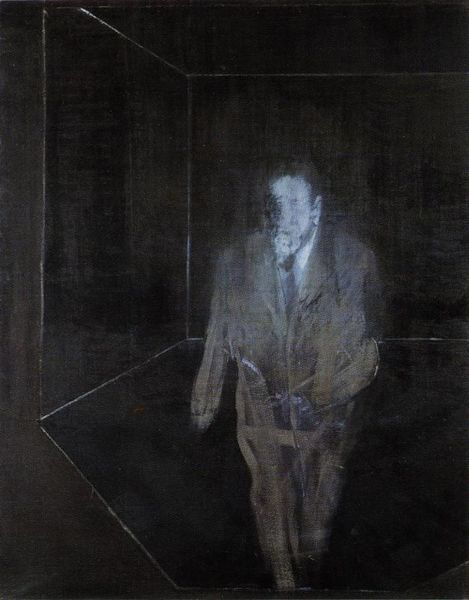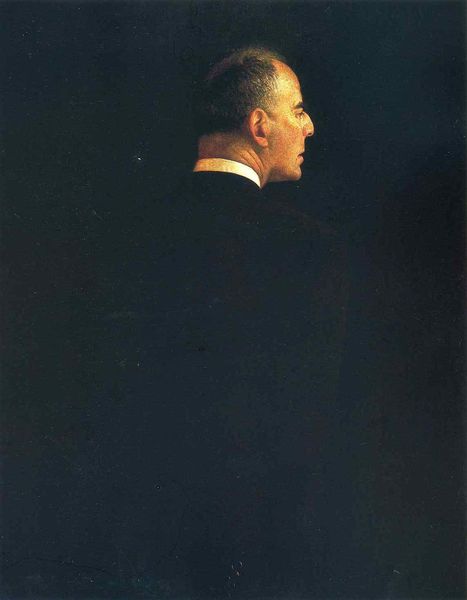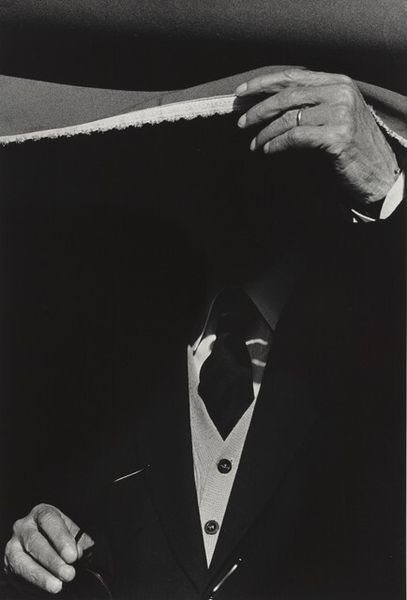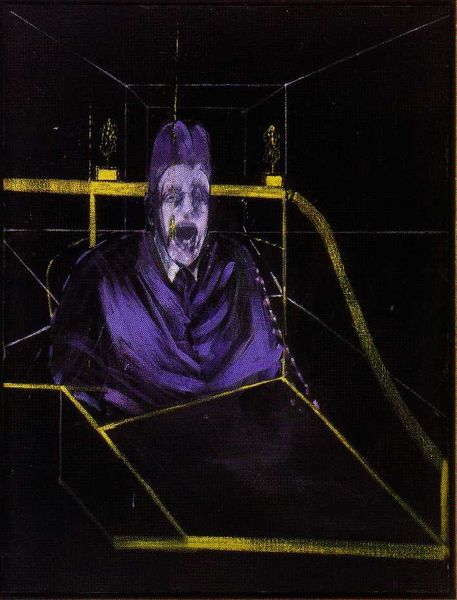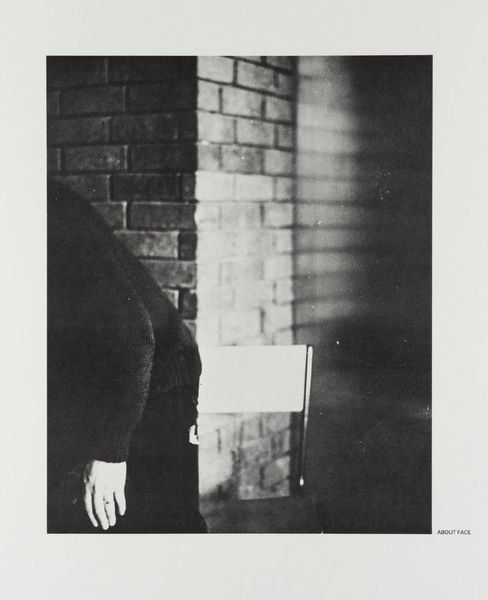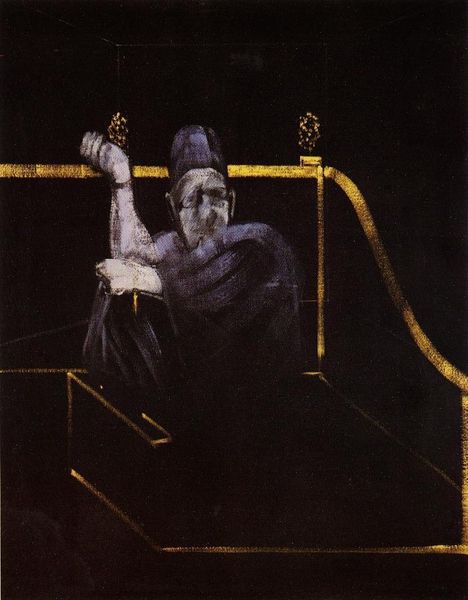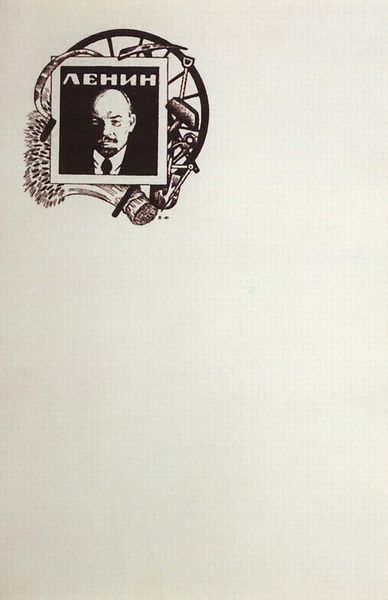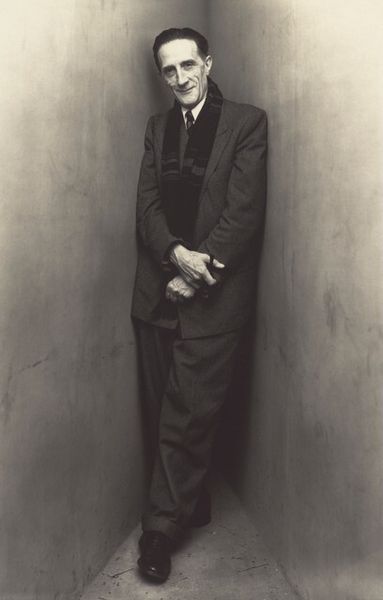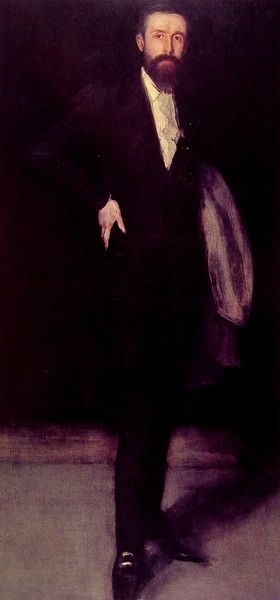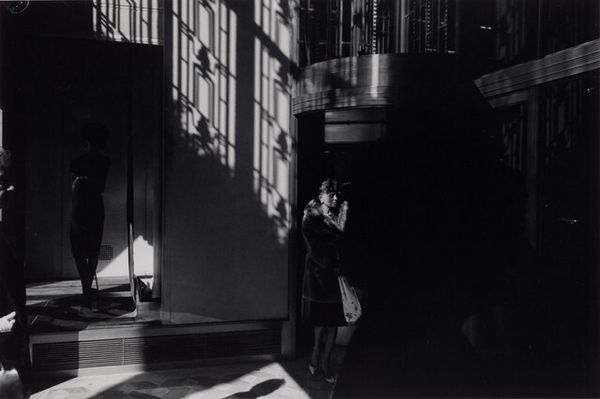
Copyright: Francis Bacon,Fair Use
Curator: Welcome. Today we’re looking at Francis Bacon's “Man in Blue I,” painted in 1954. It's an oil painting representative of modern Expressionism and known for Bacon's unflinching, sometimes brutal, style. Editor: Goodness, that is intense. Immediately, I feel boxed in, claustrophobic, like I'm spying on someone trapped. The man looks… unsettled. Curator: That feeling is deliberate. Bacon often used confining spaces and distorted figures to reflect the anxieties of the post-war period. He sought to depict the rawness of human existence, unburdened by social pretense. Editor: The cage-like structure around him is so stark. I almost feel as if his figure is dissolving or breaking apart in a photograph mid-motion, it reminds me of film. Curator: The cage, which Bacon began exploring a few years prior, is a powerful visual device that embodies a deep isolation and captures an inner psychological state. Editor: I almost missed the colour. He is "Man in Blue", yes, and what colour we can make out is almost violently bright amidst the darkness. It draws me in and holds me. I can't look away. It's like staring into some horrible void and spotting a small beauty, but not wanting to get too close in case it changes you forever. Curator: And I think that unsettling effect is a direct response to what Bacon thought paintings should do. As far as art is concerned, Bacon has said: "I think art is one of the most irrational, useless things." But that’s what’s important in terms of being critical. I do think, too, we live in an age of utter and complete triviality. Editor: Art needs that, doesn’t it? That challenge. That uncomfortable questioning. And I suppose, Bacon doesn’t disappoint. Curator: Not in the slightest. Thank you for helping unpack its discomforting, thought-provoking beauty. Editor: My pleasure, I can’t promise I’ll sleep soundly tonight, however.
Comments
No comments
Be the first to comment and join the conversation on the ultimate creative platform.
